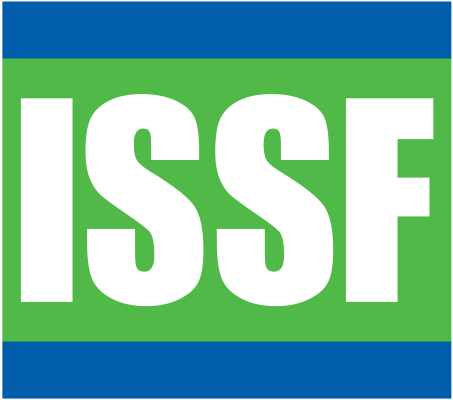Vessel Identification and Characteristics
Vessels can be identified a number of ways—by its name, its International Radio Call Sign (IRCS), or its registry number for the RFMO in which it is fishing. However, while it is important to collect this information, it can change if the vessel is sold or moves to another ocean. For this reason, tuna RFMOs are now encouraging the use of a Tuna Unique Vessel Identifier (TUVI), which remains attached to a vessel for its entire life span. An example of a TUVI is a vessel’s IMO number. If your observer forms provide space for such a number to be recorded, please make sure to do so, as it is the single best way to identify a vessel.
Another important feature of a vessel is its capacity, or allocated well space to hold fish. This is often recorded as metric tons, short tons, long tons, or cubic meters (the latter being the preferred unit of measurement). This capacity is divided into wells, and recording how each well is used during each trip (e.g., sealed, for non-tuna species, etc.) is also important.

